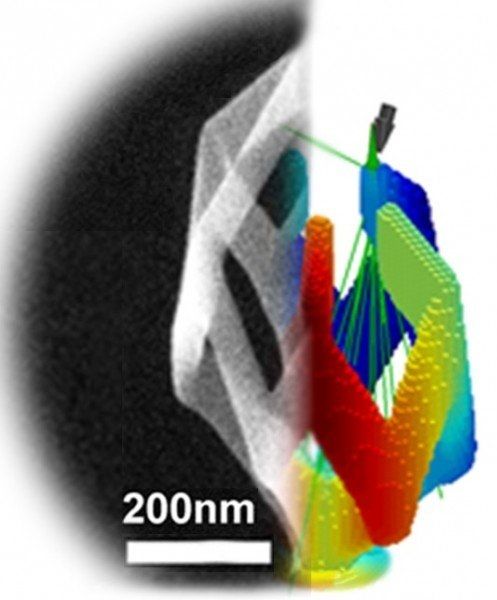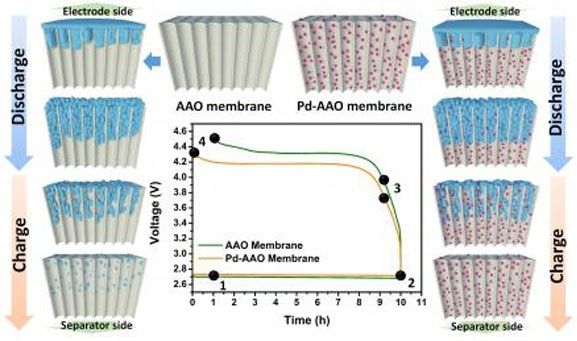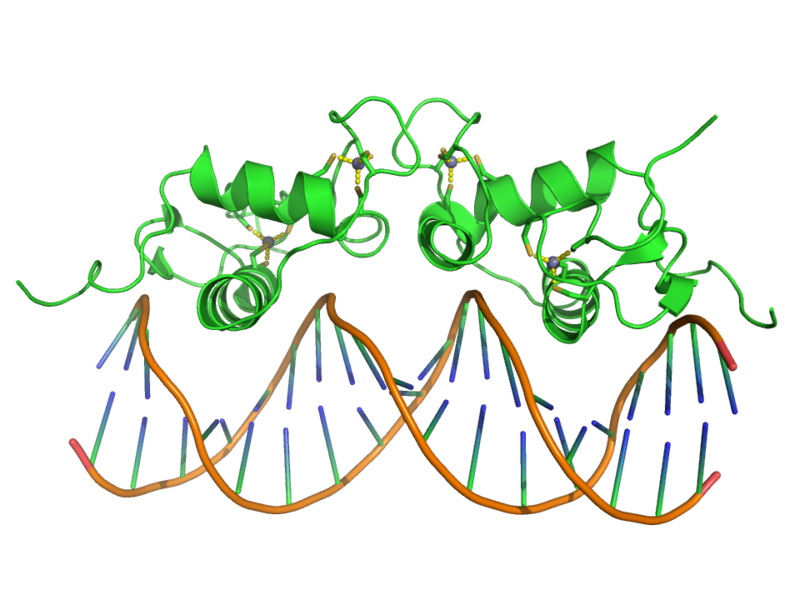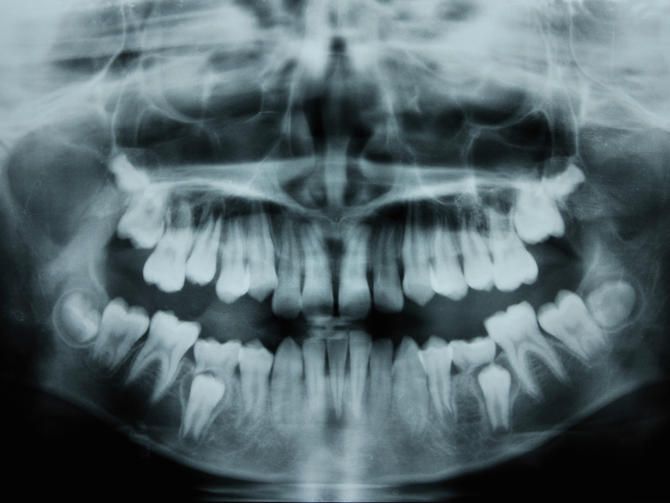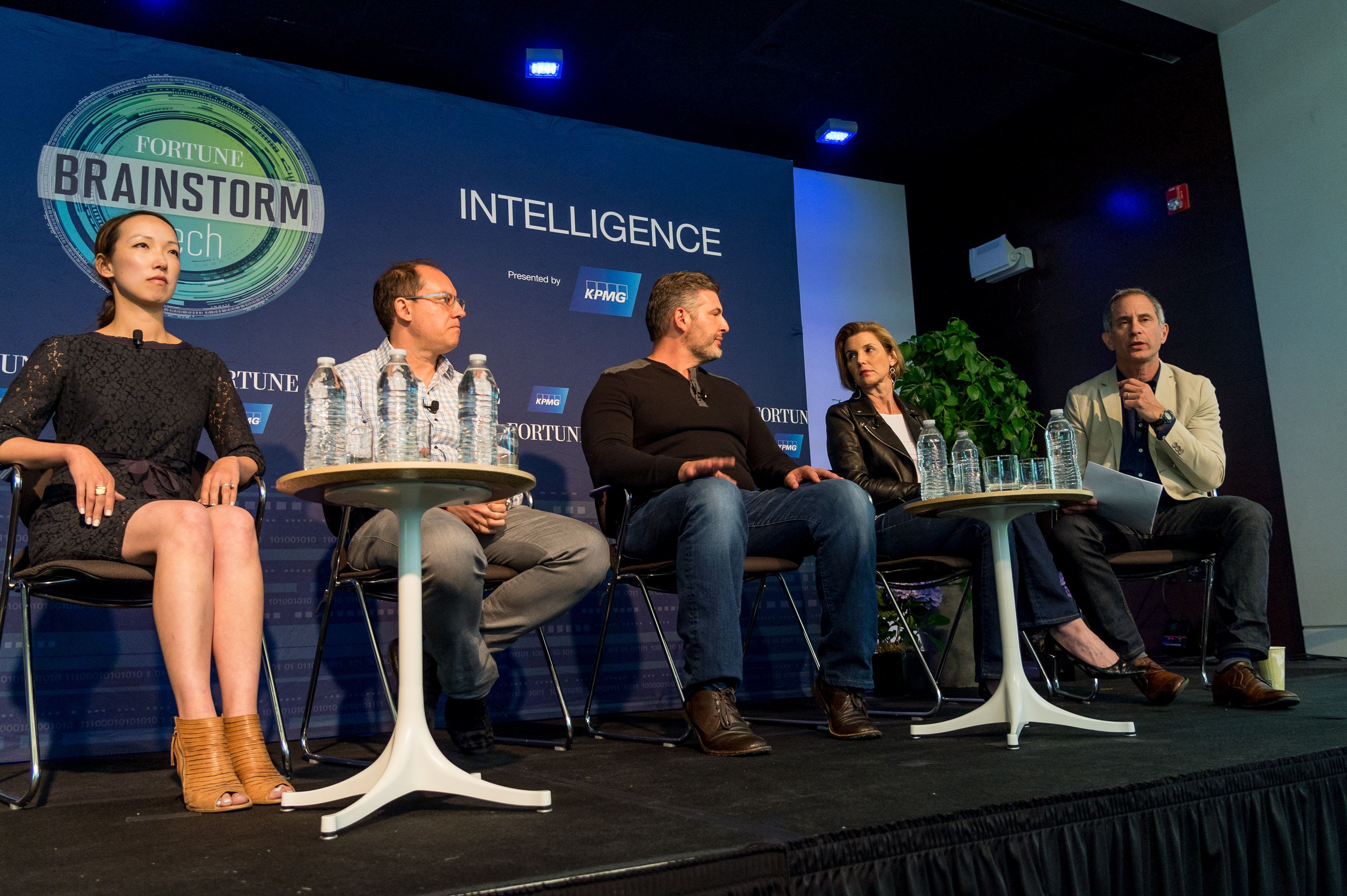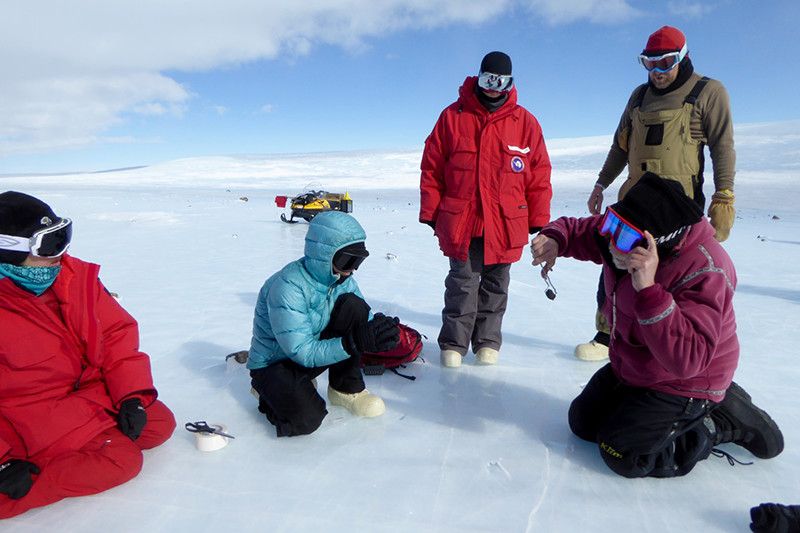Jul 12, 2016
PARC Develops Vanishing Autonomous Air Vehicles through Funds from DARPA
Posted by Karen Hurst in categories: robotics/AI, transportation
PARC is a Xerox company that has received funds from the Defense Advanced Research Projects Agency (DARPA) through its Inbound, Controlled, Air-Releasable, Unrecoverable Systems (ICARUS) program.
The ICARUS program aims at creating a prototype air vehicle that has the potential to deliver small payloads in an autonomous manner to targeted locations and then disappears after the task it completed. PARC in cooperation with AeroVironment Inc. plans to produce particular materials and the air delivery system that can be made to disappear through a project within ICARUS that is referred to as On-Target Delivery and Disintegration Upon Stress-release Trigger (ONLY-DUST).
The project focuses on producing complex structures that are majorly firm during flight and storage, and at the same time permits reliable on-demand transience. It is possible to potentially scale up the DoD applications of the demonstration system because of its association with AeroVironment Inc., a leading company in unmanned, small aerial vehicles.

